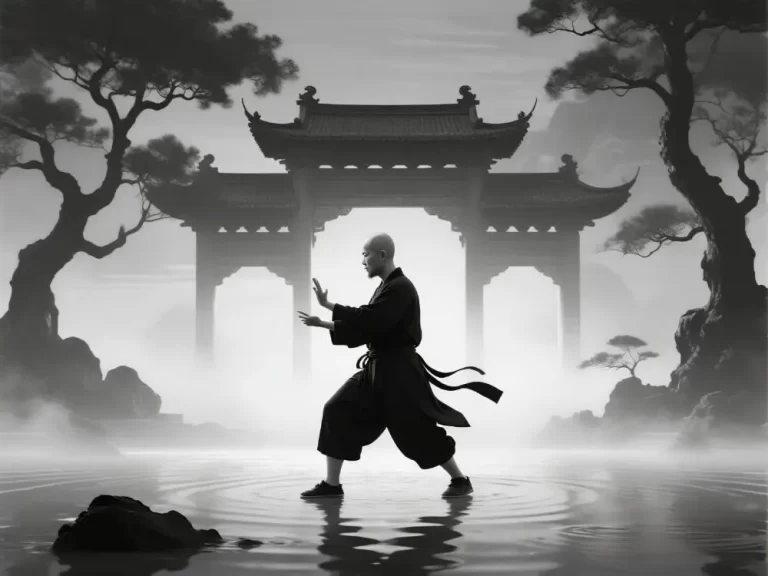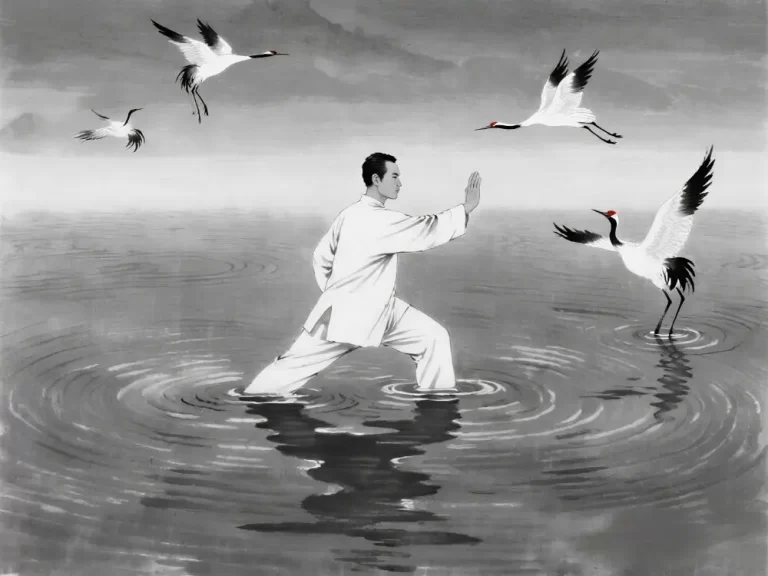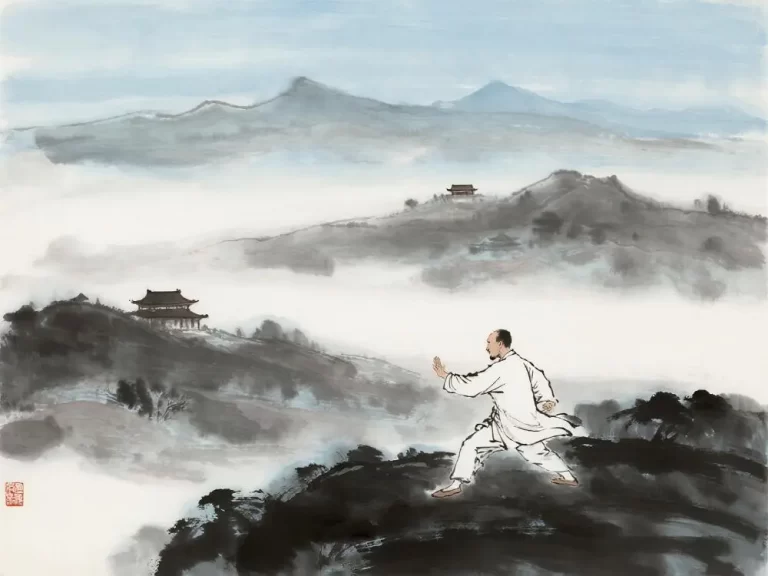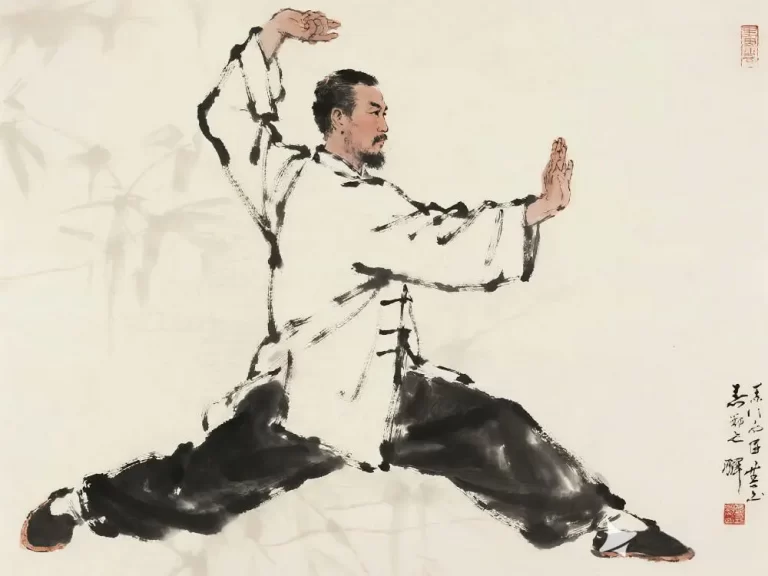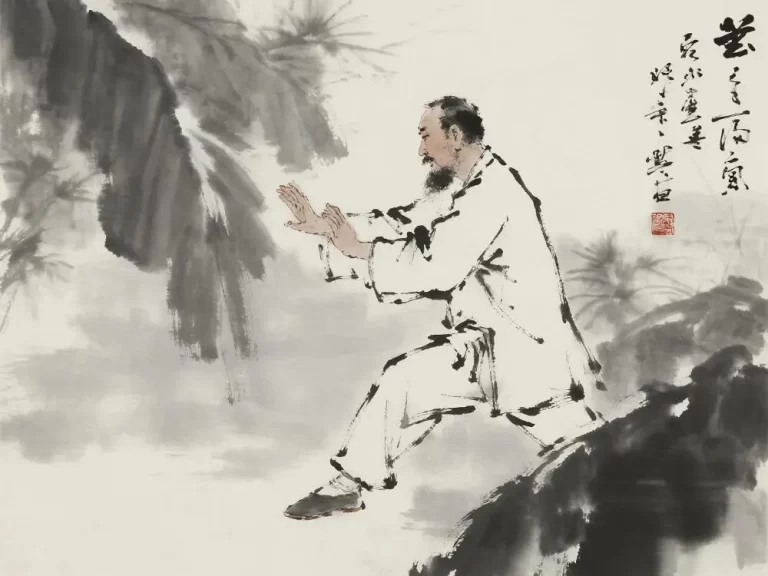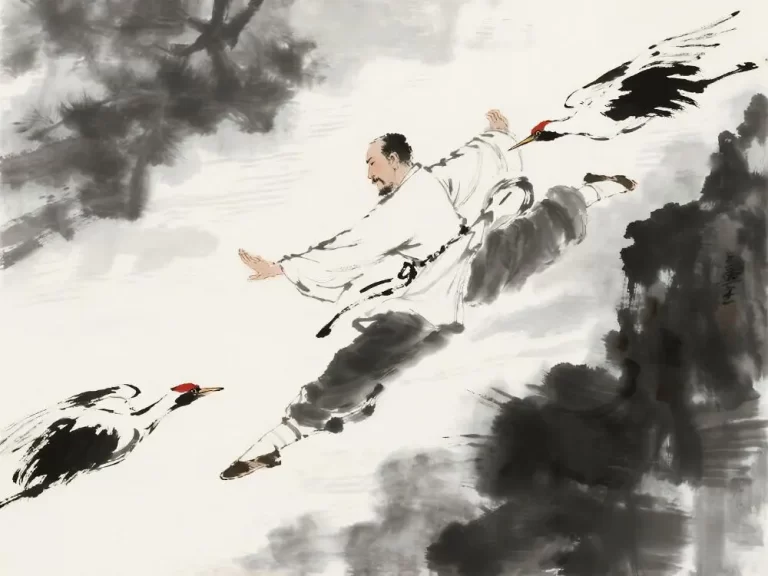Tai Chi for Beginners: Transform Your Health in 15 Minutes
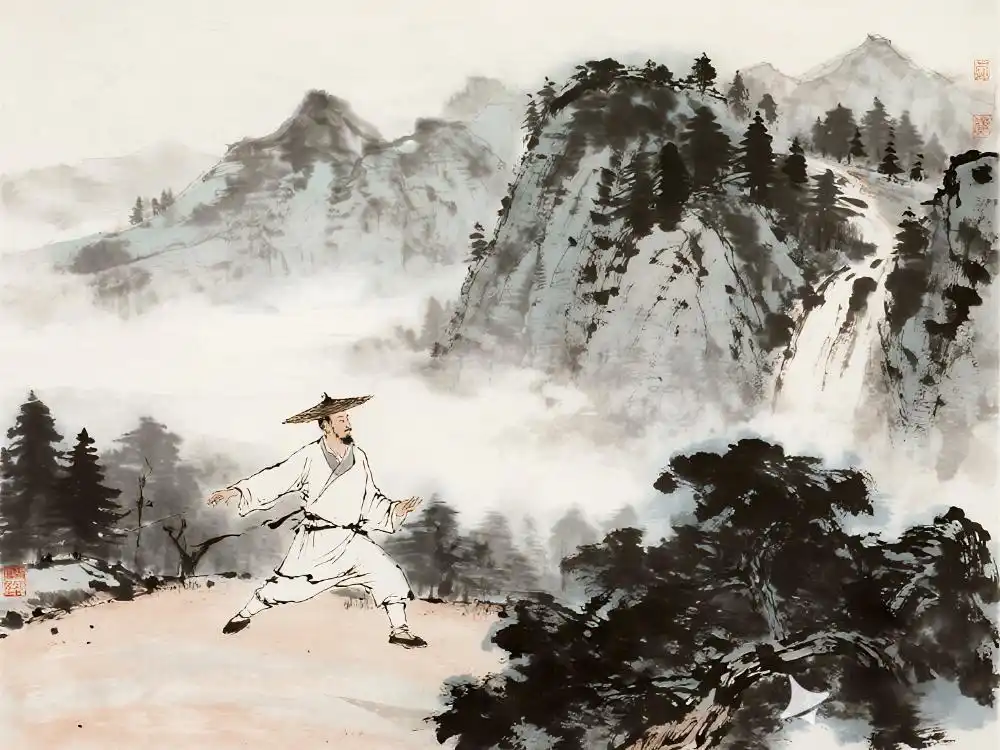
Read navigation
Introduction
Tai chi, the ancient Chinese martial art, has gained worldwide recognition for its health benefits and meditative qualities. If you’re wondering “how to learn tai chi for beginners“, you’re in the right place. This comprehensive guide will walk you through the fundamental principles that form the foundation of this graceful practice. Whether you’re seeking stress reduction, improved balance, or gentle exercise, these 5 key principles will help you establish a solid tai chi practice.
1. Natural Breathing: The Foundation of Tai Chi Practice
The breath is your invisible partner in tai chi. Unlike other exercises where you might focus on forced breathing patterns, tai chi encourages a more organic approach. Think of your breath as “tai chi breathing techniques for beginners” might describe: a gentle flow that complements your movements rather than dictating them.
- Imagine standing at the edge of a calm lake, your breath mirroring the ripples across the water
- Allow your breath to deepen naturally as you extend your movements
- Let your exhalations become longer as you lower your body or return to center
Research from the Journal of Alternative and Complementary Medicine (2021) shows that tai chi practitioners who focus on natural breathing techniques experience greater cardiovascular benefits and stress reduction compared to those who force their breath patterns.
2. Body Alignment: Finding Your Tai Chi Posture
Your body should feel both supported and flexible during practice. The principle of “song” (放松) means releasing unnecessary tension while maintaining structural integrity. This balance is crucial for “beginner tai chi exercises” to be effective.
- shoulders should hang naturally like clothing drapes on a hanger
- spine maintains its natural curves like a gentle question mark
- knees stay softly bent, never locked
A 2020 study published in the Archives of Physical Medicine and Rehabilitation found that beginners who focused on proper body alignment in their first month of practice showed 34% improvement in balance tests compared to those who didn’t receive specific alignment instruction.
3. Movement Quality: The Art of Slow Motion
Tai chi’s distinctive slow movements serve a purpose beyond mere tradition. The controlled pace allows for greater mind-body connection and develops subtle strength. When practicing “easy tai chi moves to start with”, focus on:
- moving as if your limbs are submerged in water
- transitioning between postures with intention
- maintaining continuous flow without pauses
The Journal of Sports Sciences (2022) reported that tai chi practitioners who emphasized movement quality over speed showed significant improvements in proprioception and fine motor control after just 8 weeks of practice.
4. Center of Gravity Awareness
Understanding your weight distribution is fundamental to tai chi’s stability. This principle becomes especially important as you progress to more complex forms.
- imagine a plumb line running from the top of your head to your feet
- keep 70% of your weight on your substantial leg during most movements
- practice weight shifting exercises to develop sensitivity
Research from the University of Florida (2021) demonstrated that older adults who practiced tai chi with specific center of gravity awareness techniques reduced their fall risk by 47% compared to traditional exercise groups.
5. Mental Focus: The Invisible Component
Tai chi is often called “meditation in motion” for good reason. The mental aspect is equally important as the physical movements.
- begin each practice with a 2-minute centering meditation
- use mental imagery to enhance your forms
- maintain awareness of your entire body throughout practice
A 2020 meta-analysis published in JAMA Network Open found that tai chi practices incorporating specific mental focus techniques showed greater cognitive benefits than physical exercise alone, particularly for attention and executive function.
People Also Ask
Q: How long does it take to learn basic tai chi?
A: With consistent daily practice of 15-20 minutes, most beginners can learn the fundamental principles and several basic forms in 4-6 weeks. The key is regular practice rather than intensive sessions.
Q: Can I practice tai chi if I’m not flexible?
A: Absolutely! Tai chi is adaptable to all levels of flexibility and mobility. The practice focuses on your natural range of motion and gradually expands it over time rather than requiring pretzel-like contortions from the start.
Q: Do I need special clothing or equipment for tai chi?
A: No special equipment is needed. Comfortable clothing that allows freedom of movement and flat-soled shoes or bare feet are sufficient for beginning practice.
Conclusion
Starting your tai chi journey doesn’t require expensive classes or special equipment. By focusing on these 5 fundamental principles—natural breathing, body alignment, movement quality, center of gravity awareness, and mental focus—you can establish a meaningful practice in just minutes each day. Remember that tai chi is a journey, not a destination. The benefits accumulate gradually through consistent practice rather than perfection of form.
As you continue your practice, consider exploring more advanced forms and potentially joining a community of practitioners. The ancient wisdom of tai chi offers lifelong benefits for physical health, mental clarity, and emotional balance.
